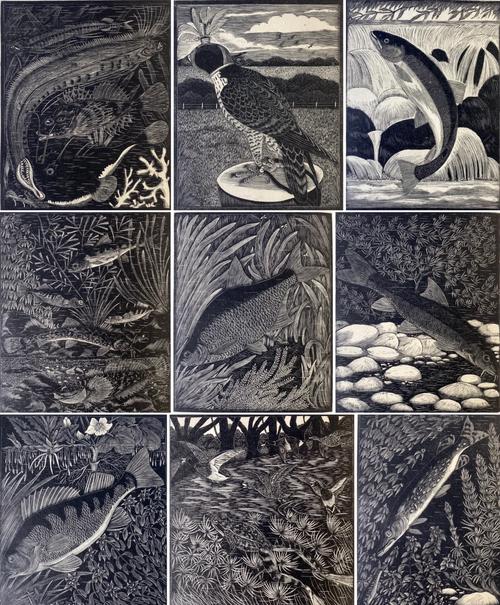
Understanding the Market
Before diving into the world of online painting sales, it’s crucial to understand the market you’re entering. The art market has seen a significant shift towards digital platforms, with more artists and collectors turning to online galleries and marketplaces. According to Artprice, the global art market reached $63.7 billion in 2020, with online sales accounting for a significant portion of this figure.
Choosing the Right Platform
Selecting the right platform to sell your paintings online is essential. Here are some popular options:

| Platform | Best For | Key Features |
|---|---|---|
| Etsy | Artists and crafters | Handmade and vintage items, easy to use interface |
| Society6 | Artists and designers | Print-on-demand, global reach |
| Artfinder | Art collectors and enthusiasts | High-quality images, personalized recommendations |
| Redbubble | Artists and designers | Print-on-demand, wide range of products |
Creating an Online Presence
Your online presence is crucial for attracting potential buyers. Here are some tips to help you create a compelling online portfolio:
-
Professional photos: Use high-quality images to showcase your paintings. Consider hiring a professional photographer or using a camera with good lighting.
-
Storytelling: Share the story behind your paintings. This can help potential buyers connect with your work on a deeper level.
-
Consistent branding: Use a consistent color scheme, font, and style across all your online platforms to create a cohesive brand identity.
-
Social media: Utilize social media platforms like Instagram, Facebook, and Pinterest to promote your work and engage with potential buyers.
Pricing Your Paintings
Pricing your paintings can be challenging, but it’s essential to ensure you’re making a profit. Here are some factors to consider:
-
Production costs: Include the cost of materials, time, and any other expenses related to creating your paintings.
-
Market research: Look at similar paintings on online platforms to understand the price range.
-
Your expertise: Consider your experience and skill level when determining your pricing. More experienced artists can charge higher prices.
Marketing and Promotion
Marketing and promotion are key to attracting buyers. Here are some strategies to help you get noticed:
-
Collaborations: Partner with other artists or influencers to reach a wider audience.
-
Contests and giveaways: Host contests or giveaways on social media to increase engagement and visibility.
-
Email marketing: Build an email list and send regular newsletters to keep your audience informed about new work and promotions.
Handling Sales and Shipping
Once you start receiving orders, it’s important to handle sales and shipping efficiently:
-
Secure packaging: Use sturdy boxes and protective materials to ensure your paintings arrive in perfect condition.
-
Tracking: Provide tracking information to your customers to keep them informed about the status of their order.
-
Customer service: Be responsive to customer inquiries and issues, and offer a satisfaction guarantee if possible.
Building a Sustainable Business
Finally, it’s important to build a sustainable business that allows you to continue creating and selling your paintings:
-
Time management: Balance your time between creating new work, marketing, and handling sales.
-
Continuous learning: Stay informed about the latest trends and techniques in the art world.
-
Networking: Attend art events, join online communities, and connect


